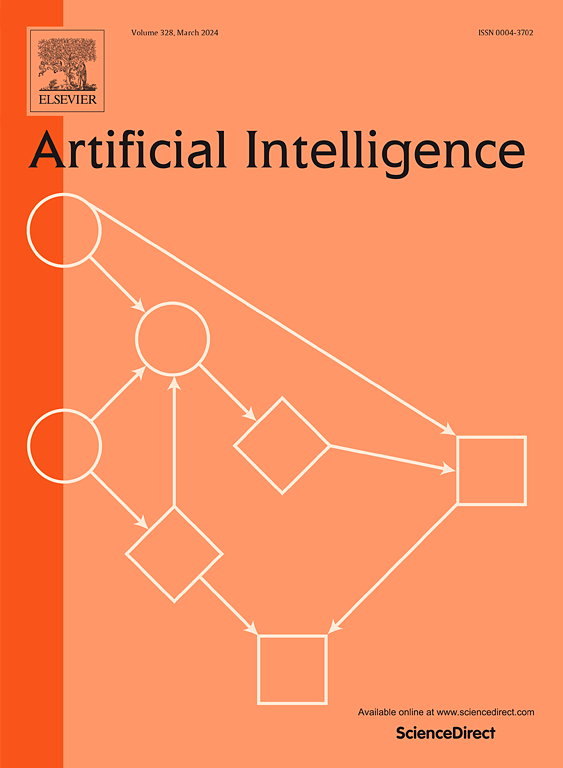基于路由路径可视化的图像分类胶囊网络解释
IF 4.6
2区 计算机科学
Q1 COMPUTER SCIENCE, ARTIFICIAL INTELLIGENCE
引用次数: 0
摘要
人工神经网络在计算机视觉领域很受欢迎,因为它们通常提供最先进的性能,但由于其复杂性而难以解释。当医疗图像分析或自动驾驶等涉及人类福祉的应用程序时,这种黑盒建模尤其令人不安。在这项工作中,我们提出了一种称为胶囊网络路由路径可视化的技术,它揭示了图像中每个区域路由到每个胶囊的数量。反过来,这种技术可以用来解释给定胶囊检测到的实体,并推测网络如何做出预测。我们在几个真实世界的数据集上演示了我们新的可视化技术。实验结果表明,路由路径可视化可以精确地从图像中定位预测的类别,即使胶囊网络仅使用图像及其各自的类别标签进行训练,而没有额外的信息来定义图像中类别的位置。本文章由计算机程序翻译,如有差异,请以英文原文为准。
Interpreting capsule networks for image classification by routing path visualization
Artificial neural networks are popular for computer vision as they often give state-of-the-art performance, but are difficult to interpret because of their complexity. This black box modeling is especially troubling when the application concerns human well-being such as in medical image analysis or autonomous driving. In this work, we propose a technique called routing path visualization for capsule networks, which reveals how much of each region in an image is routed to each capsule. In turn, this technique can be used to interpret the entity that a given capsule detects, and speculate how the network makes a prediction. We demonstrate our new visualization technique on several real world datasets. Experimental results suggest that routing path visualization can precisely localize the predicted class from an image, even though the capsule networks are trained using just images and their respective class labels, without additional information defining the location of the class in the image.
求助全文
通过发布文献求助,成功后即可免费获取论文全文。
去求助
来源期刊

Artificial Intelligence
工程技术-计算机:人工智能
CiteScore
11.20
自引率
1.40%
发文量
118
审稿时长
8 months
期刊介绍:
The Journal of Artificial Intelligence (AIJ) welcomes papers covering a broad spectrum of AI topics, including cognition, automated reasoning, computer vision, machine learning, and more. Papers should demonstrate advancements in AI and propose innovative approaches to AI problems. Additionally, the journal accepts papers describing AI applications, focusing on how new methods enhance performance rather than reiterating conventional approaches. In addition to regular papers, AIJ also accepts Research Notes, Research Field Reviews, Position Papers, Book Reviews, and summary papers on AI challenges and competitions.
 求助内容:
求助内容: 应助结果提醒方式:
应助结果提醒方式:


